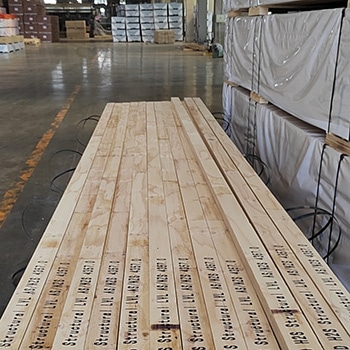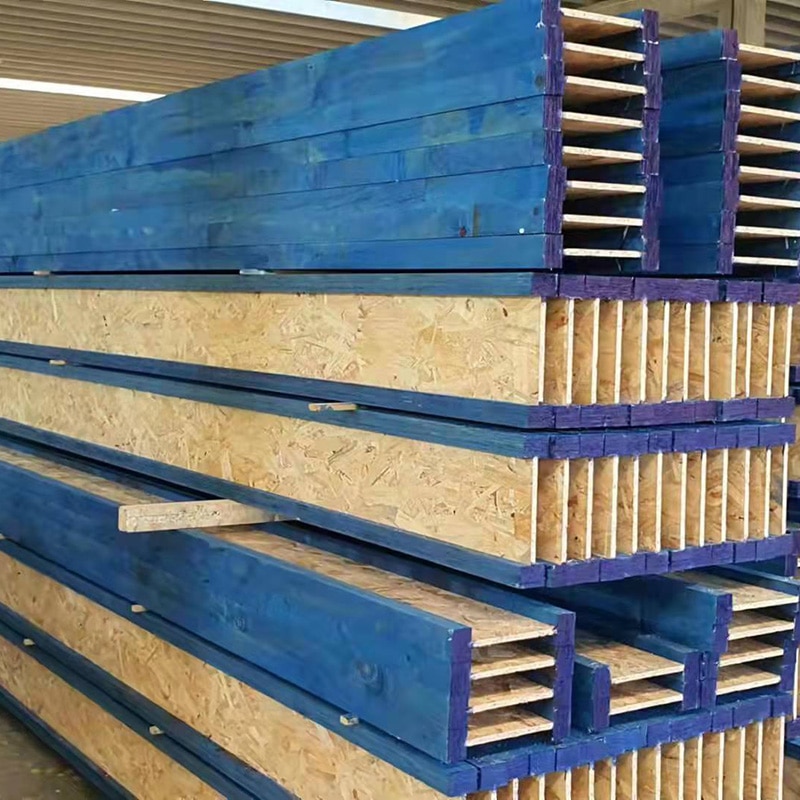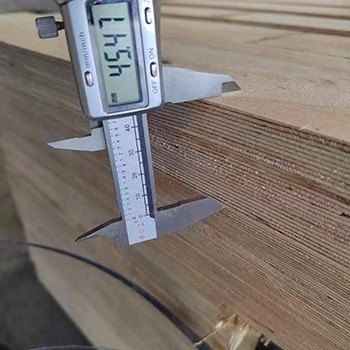Blog
Laminated Veneer Lumber (LVL) as a Construction Material
Laminated veneer lumber (LVL) is one of the most widely used engineered wood products for constructional applications. It is a composite product manufactured from multiple thin layers of veneer that are aligned with the length of the finished lumber. This fact sheet summarizes basic manufacturing steps, advantages and disadvantages of LVL compared to other structural engineered wood-based products.
LVL production began in 1941. It was constructed into aircraft parts and was made from 3.6 mm thick Sitka spruce veneer. Because of great demand for LVL, the USDA Forest Products Laboratory did a substantial amount of research related to improving its strength properties. Douglas fir is the most commonly used raw material for LVL manufacture, in addition to Yellow poplar, Southern pine and other softwoods in the United States. Radiata pine and rubberwood are extensively used in New Zealand and Southeast Asian countries, respectively.
Structure of LVL
Compared to plywood press, LVL presses are longer. The press line could be either batch-type or continuous. A batch-type press may have one or several openings, which is more efficient for production of shorter length LVL.

LVL Versatility
Laminated veneer lumber is a versatile wood-based product. Together with plywood, lumber or oriented strand board (OSB), LVL can be used for many structural applications. Some of the most popular uses of LVL include I-joists, header, rimboards, truck bed decking, roadway signpost, beam, truss, special applications such as skateboards, and custom-made panels for marine uses.

Advantages
Major advantages of LVL include its dimension, shape, high strength properties and low cost. The size of LVL is not limited by log size, due to its manufacturing method. LVL is one of the strongest wood-based construction materials relative to its density. Because it is manufactured with homogeneous quality that has a minimum number of defects or even distribution of defects, mechanical properties of the final product can be predicted. In general, LVL can be produced in different shapes depending on for what it will be used. It also has the great advantage of using wood resources efficiently.
